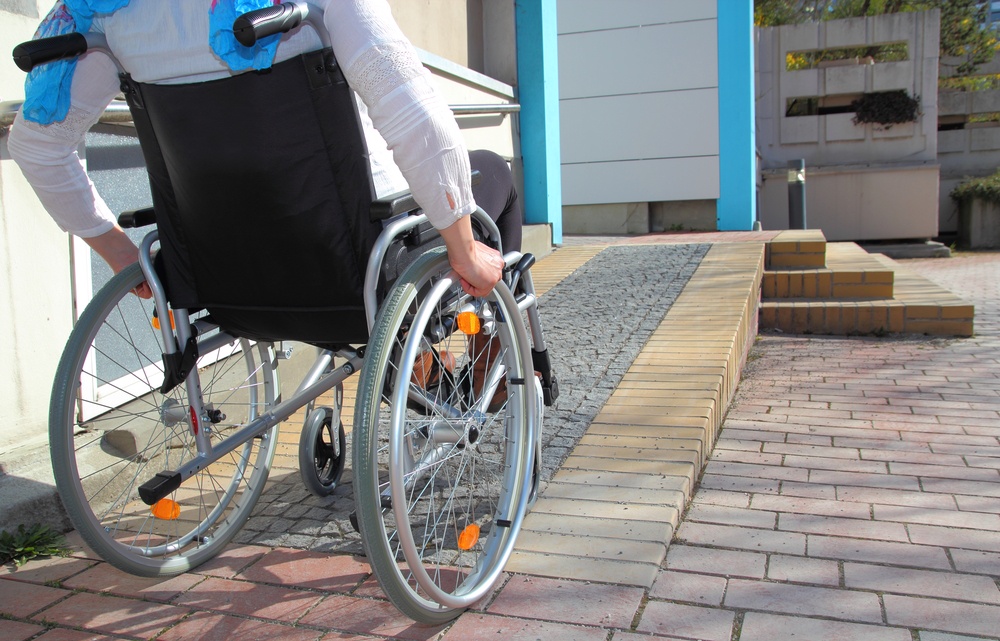Walker equipment has become a cornerstone in aiding mobility for individuals with varying levels of physical ability. Whether recovering from surgery, managing chronic conditions, or simply needing a bit of extra support, walkers and their accessories can significantly enhance quality of life.
This comprehensive guide explores the different types of Best walker NZ-wide, their features, and essential accessories to help you make informed choices.
Types of Walkers
- Standard Walkers:
- Description: Basic walkers with a simple, sturdy frame, often made of lightweight aluminium.
- Features: Typically have four non-wheeled legs for maximum stability.
- Best For: Individuals who need significant support and stability.
- Two-Wheeled Walkers:
- Description: Walkers with wheels on the front two legs.
- Features: Easier to push than standard walkers, suitable for indoor use.
- Best For: Those who need support but can still lift the back legs of the walker.
- Four-Wheeled Walkers (Rollators):
- Description: Walkers with four wheels, brakes, and often a seat.
- Features: Highly mobile, with added convenience of a seat and sometimes a storage pouch.
- Best For: Individuals with more mobility equipment services who need less support but require a place to rest.
- Hemi Walkers:
- Description: One-sided walkers designed for users with limited dexterity on one side.
- Features: Combines elements of a cane and a walker.
- Best For: Stroke patients or those with unilateral weakness.
- Knee Walkers:
- Description: Walkers designed to support the knee while allowing the user to propel with the other leg.
- Features: Equipped with a cushioned platform for the knee and handlebars for steering.
- Best For: Individuals recovering from foot or ankle injuries.

Key Features to Consider
- Adjustability: Ensure the walker’s height can be adjusted to match the user’s height, promoting proper posture.
- Weight Capacity: Check the walker NZ weight limit to ensure it can safely support the user.
- Portability: Look for foldable models that are easy to transport and store.
- Brakes: Essential for rollators to prevent accidents, especially when using the seat.
- Comfort: Padded handles and ergonomic design can reduce strain on the hands and wrists.
Essential Walker Accessories
- Walker Glides and Tennis Balls:
- Purpose: Enhance movement on smooth surfaces and reduce noise.
- Description: Attach to the walker’s rear legs to help it glide smoothly over floors.
- Walker Bags and Baskets:
- Purpose: Provide a convenient way to carry personal items.
- Description: Attach to the front or sides of the walker for easy access to belongings.
- Walker Trays:
- Purpose: Allow users to transport food, drinks, or other items.
- Description: Removable trays that can be placed on the walker’s frame.
- Hand Grips and Cushions:
- Purpose: Improve comfort and reduce pressure on the hands.
- Description: Foam or gel grips that slip over the walker’s handles.
- Walker Skis:
- Purpose: Enhance the walker’s ability to move over rough surfaces.
- Description: Attachments for the rear legs that act like skis.
- Cup Holders:
- Purpose: Allow users to carry beverages safely.
- Description: Clip-on holders that fit most walker frames.
Choosing the Right Walker Equipment
Selecting the right walker and accessories involves considering the specific needs and preferences of the user. Here are some tips to help you make the best choice:
- Consult a Healthcare Professional: Always seek advice from a doctor or physical therapist to understand the user’s specific mobility needs.
- Test Different Models: If possible, try out different mobility equipment & services to find the most comfortable and practical option.
- Consider the Environment: Think about where the walker will be used most frequently—indoors, outdoors, or both—and choose accordingly.
- Budget: Determine your budget, but remember that investing in a high-quality walker can pay off in terms of durability and comfort.
Final Words
Walker equipment plays a vital role in enhancing mobility and independence for many individuals. By understanding the various types of walkers, their key features, and the essential accessories available, you can make informed decisions that best suit your needs or those of a loved one. Whether it’s for temporary recovery or long-term use, the right walker NZ can make a significant difference in daily life, providing support, confidence, and freedom to move with ease.


No comments yet